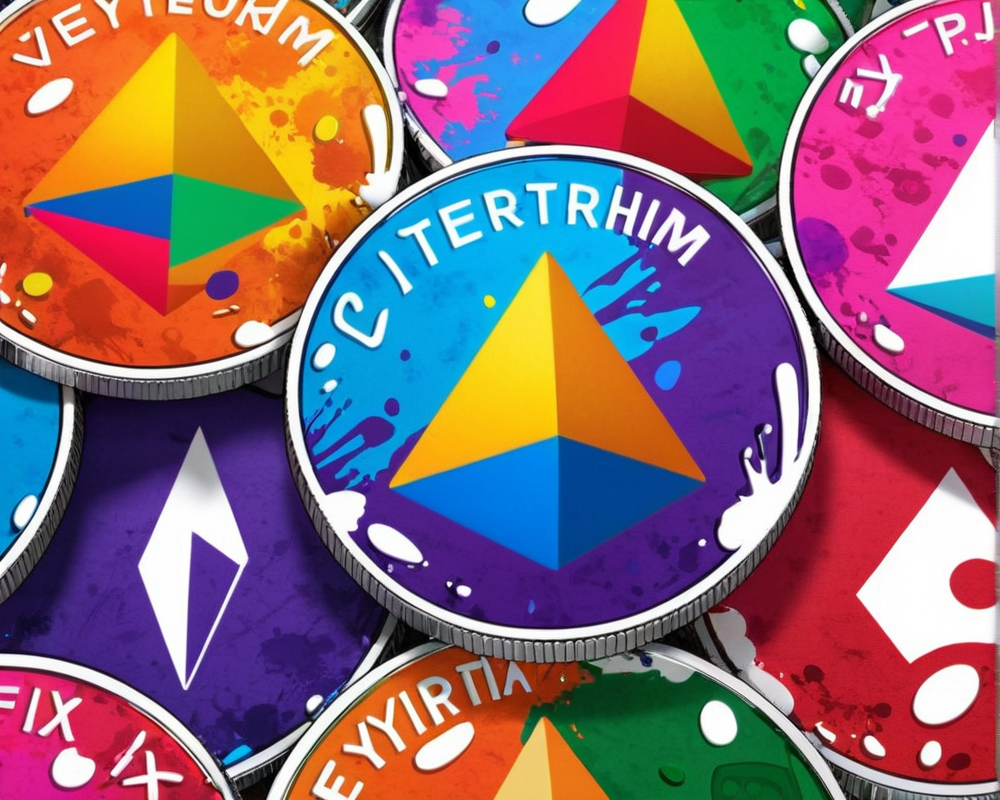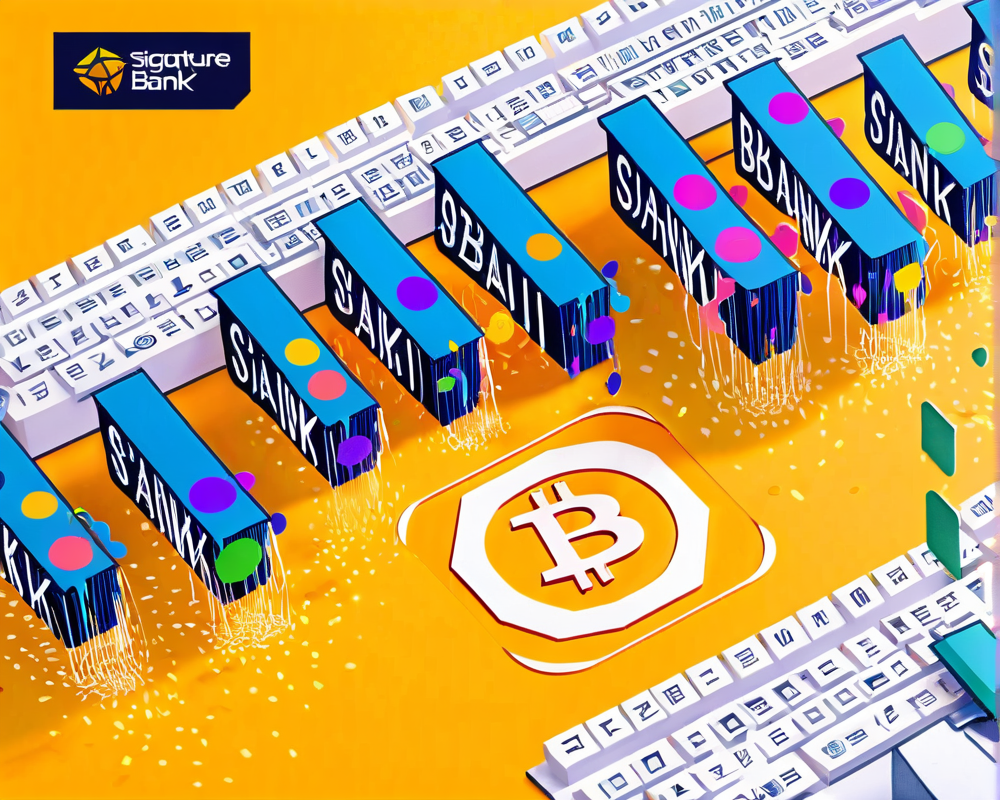Introduction: The Dilemma of Reversible Tokens
Cryptocurrency enthusiasts are no strangers to the woes of malicious activity, especially within the Ethereum ecosystem. Recent discussions have sparked a proposal suggesting a novel token type—reversible tokens—aiming to return stolen funds to users. Enter the ERC-20R and ERC-721R. Will they provide a remedy for the growing number of hacks, or are they just a slapstick solution to a serious problem?
The Concept: How Reversible Tokens Are Supposed to Work
These magical new tokens promise a quick fix to theft issues. Imagine making a “freeze request” like a Netflix pause button on your funds. If hackers strike, victims can momentarily halt the draining of their wallets as a “decentralized judiciary” evaluates the situation.
- Victims present evidence to a set of randomly chosen judges.
- A verdict is reached regarding the transaction’s validity.
- The outcome is final—no arguments, no appeals.
Sounds fantastic, right? Until you realize it may not be the glorious knight in shining armor but a jester in a clown suit.
The Philosophy: Decentralization vs. Central Control
The idea of a reverse button clashes with a fundamental aspect of cryptocurrencies: decentralization means transactions are one-way streets. By introducing a “judicial review,” aren’t we just asking for a central authority? The proposal lacks clarity on how judges get selected, other than the vague notion of ‘randomly.’ That leaves room for collusive interests, undermining trust—the last thing we need!
The Practicality: A Logistics Nightmare
Now, let’s talk logistics. If every platform doesn’t shift to these shiny new standards, victims will be left with Swiss cheese-like protections. Hackers could easily swap reversible tokens for non-reversible ones before the freeze could even take effect, totally dodging accountability. The entire ecosystem may become a patchwork quilt of compatibility issues. Sounds fun, right?
A Better Way: Security without Reversibility
Instead of flipping the crypto world on its head, how about some more conventional solutions that keep values intact while promoting safety? Here are a few:
- Smart Contract Audits: Regular audits can spotlight vulnerabilities long before they blow up.
- Real-Time Monitoring: Concept multifactor security alerts that ping the developer team about suspicious activity, avoiding scenarios like the infamous Ronin hack.
- Decentralized Communication: Engagement among the community and developers to share important alerts can bolster the collective awareness.
Much of this ties back to the traditional ethos of cryptocurrency—keeping it decentralized and secure without a “God Mode” button that could backfire spectacularly.
Conclusion: Embrace the Power of Immutability
Ultimately, the notion of reversible tokens might have the best of intentions but introduces more headaches than solutions. Instead of inviting complexity with reversible crypto assets, let’s take a beeline towards enhancing existing security processes in the decentralized landscape. After all, keeping our finances secure doesn’t have to mean compromising the core principles that make cryptocurrencies amazing.




